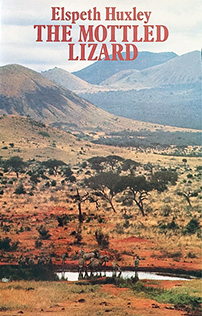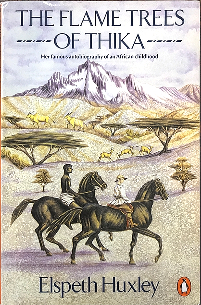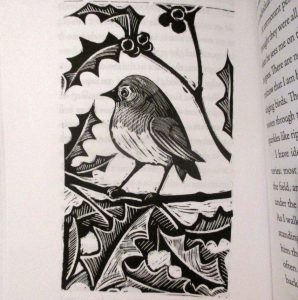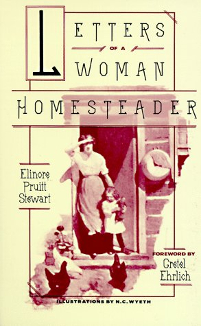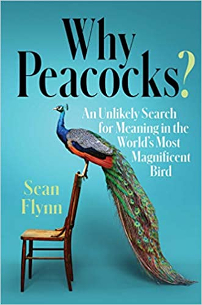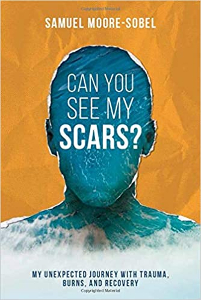Memoir that continues the story started in The Flame Trees of Thika. After the war, the author’s family did return to their farm in Kenya. It continues much the same- with the difficulties of raising crops- one attempt after another that failed to make the profit they hoped for (maize, almonds, coffee and so on- one neighbor was growing geraniums to distill essential oils) and the struggles to keep peace among their employees from different, warring tribes. The descriptions of the landscape, plants and wildlife are just beautiful, and the details about the various tribal cultures very interesting. Unlike the prior book where the author often seemed a nonentity in the background eavesdropping on adult conversations (and not really comprehending them), in this book she’s very much a personality and involved in all kinds of events on and around the farm. Efforts to make new enterprises work. Observing disputes among the natives (and how her family handles them). Raising orphaned wildlife- a civet cat, a cheetah cub. Going on hunts and near the end of the book, a longer proper safari after lion. Her unspoken but very evident crush on a young man from a neighbor’s farm. Her early attempts at writing seriously, publishing stories about their hunts and local polo matches in a magazine (which the family doesn’t take any interest in). Her attempts to learn and perform magic tricks, from correspondence kits. There are some very lively descriptions of people, some really colorful characters among her parents’ acquaintances. There’s a few chapters describing a visit from her mother’s cousin, an educated wealthy man, very kind and talks so poetically, but also something of a hypochondriac! which made him a difficult guest in their rough accomadations. The beauty of the land and freedom of the wide open space seems to make up for all the hardships and suffering they see around them- the awfulness of diseases for which there is little treatment available, livestock stricken by drought, insects and fire destroying things. Lots of incidents that end badly- and a few that come out surprisingly well. In the end, the book closes very similar manner to the first- the author now eighteen, has to leave for schooling in Europe, but vows she’ll return once again.
I appreciated seeing how her outlook on the use of the land and its wildlife gradually changed. When she was younger she admired the hunters and their trophies, and was eager to participate. But near the end she’s starting to see how uncontrolled hunting has changed the behavior of game animals- and in some areas depleted their numbers entirely. She thrills to see the animals in their native habitat, and doesn’t see the value in killing them just to display horns on a wall or show off a skin. People around her don’t understand her sentiment of preferring to see the land unspoiled as opposed to developed and civilized. She even noted how things the Europeans introduced had changed the native peoples. Insightful.
